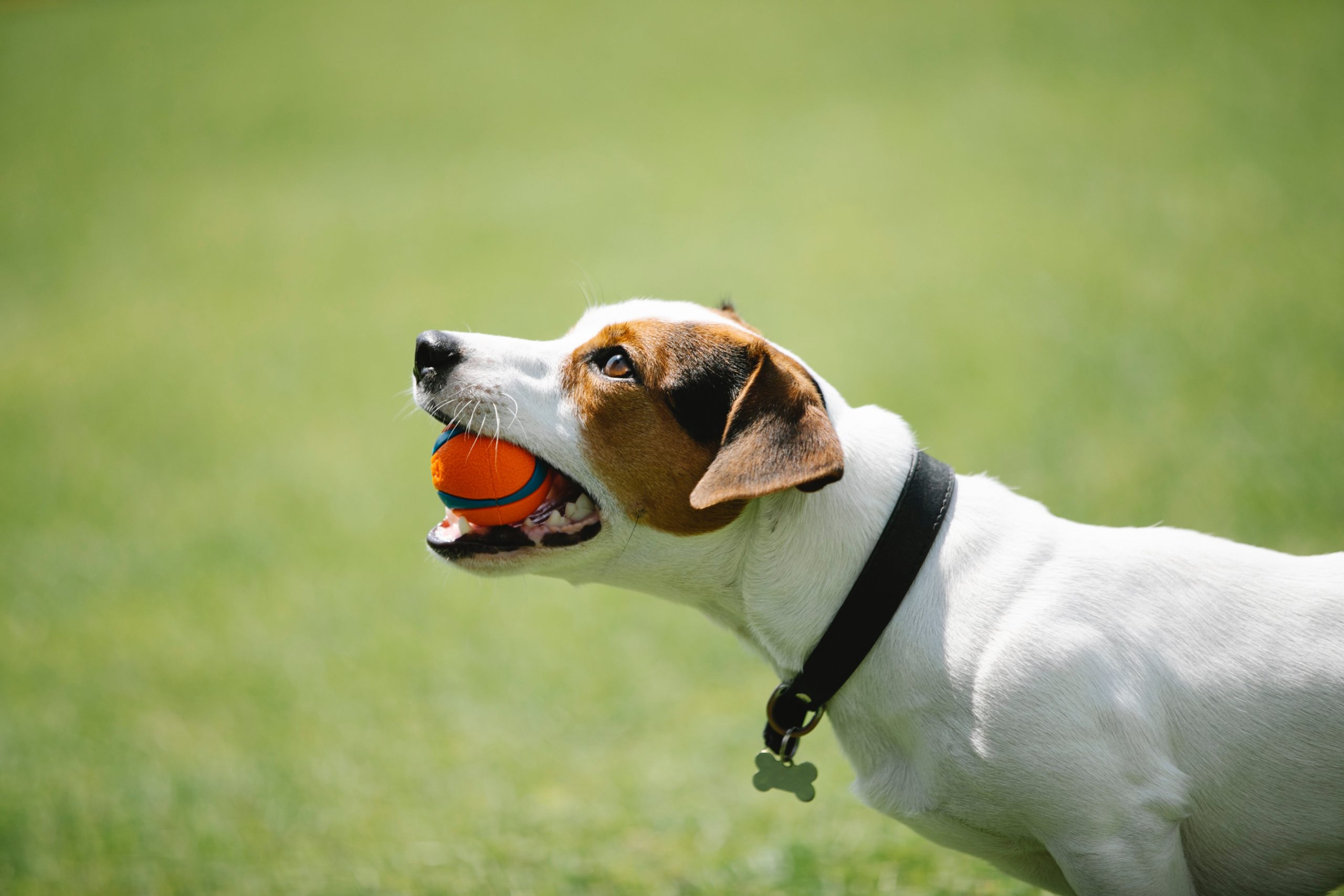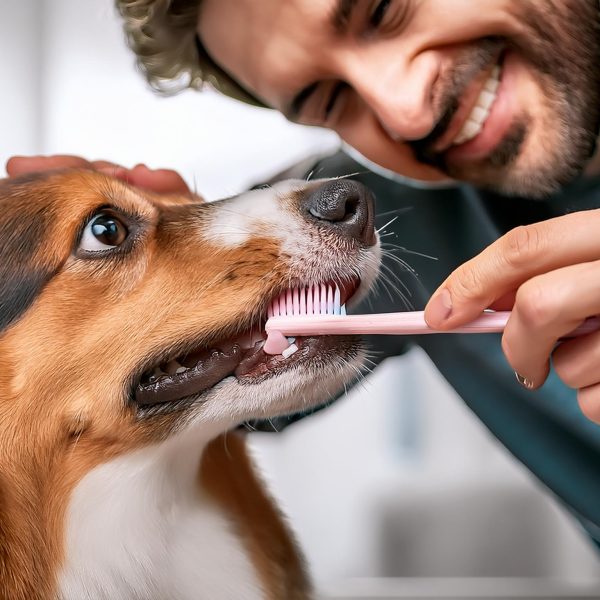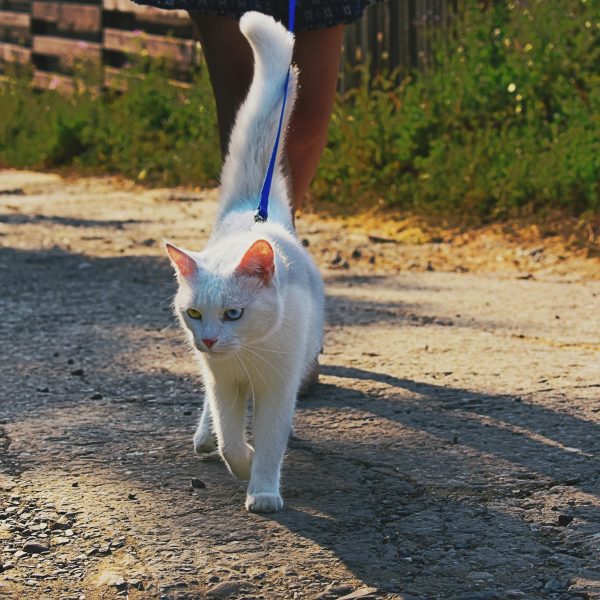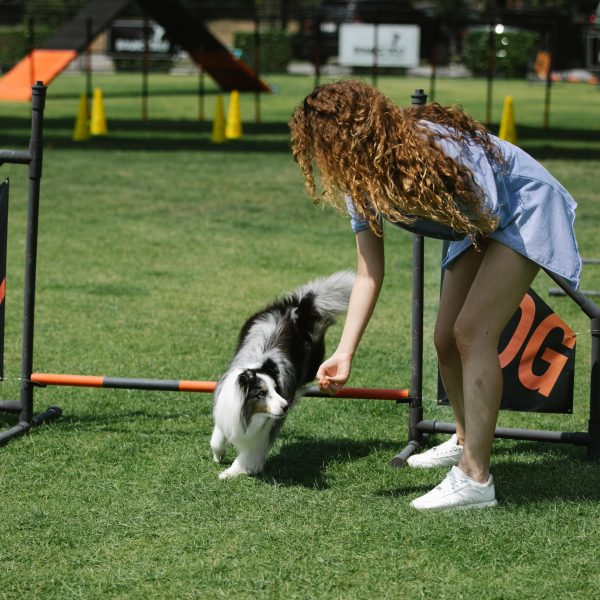As a pet owner, training your furry companion is essential for cultivating a harmonious relationship. Among the various training methods, clicker training has gained popularity due to its effectiveness, versatility, and the joy it brings to both pets and their trainers. In this article, we will explore the fundamentals of clicker training, its advantages, and how it can be applied to different types of pets, ensuring a positive and engaging training experience for everyone involved.
Understanding Clicker Training
Clicker training is a reinforcement-based method that utilizes a handheld device known as a clicker. Emitting a consistent click sound, the clicker serves as an immediate signal when the desired behavior is performed by the pet. This method relies on conditioning principles, strengthening behaviors through positive reinforcement.
The core principle of clicker training involves associating the clicker sound with a reward, such as treats or praise. This creates a communication tool, informing the pet that they have successfully executed the desired behavior and that a reward is imminent. The precise timing of the click helps pets understand which actions lead to positive outcomes, expediting their learning process.
Advantages of Clicker Training
1. Communication: Clicker training provides a consistent way to communicate with pets. The distinct click sound bridges the communication gap, making it easy for trainers to identify and reward desired behaviors.
2. Positive Encouragement: Relying on positive reinforcement, clicker training creates an association with the training process, making it enjoyable for pets. Studies indicate that positive reinforcement is more effective and sustainable than punishment-based methods.
3. Versatility: Clicker training can be applied to various animals, including dogs, cats, birds, and exotic pets like reptiles. Its versatility makes it a valuable tool for owners with different types of animals.
4. Increased Engagement: Pets often find clicker training engaging and stimulating. The anticipation of the click sound followed by a reward keeps them motivated, leading to increased focus and active participation during training sessions.
5. Enhanced Learning Speed: The precise timing of the click allows pets to quickly associate their actions with outcomes, accelerating the learning process compared to traditional training methods.
Using Clicker Training with Different Pets
1. Training Dogs with Clicker: Clicker training is widely effective for dogs of all sizes and breeds. It can be tailored to teach basic commands like sit, stay, and come, as well as more advanced tricks.
2. Training Cats with Clicker: Contrary to popular belief, cats can be trained using clicker methods. It is effective for behaviors such as litter box training or performing tricks, as cats respond positively to the reinforcement provided by the clicker.
3. Training Birds with Clicker: Intelligent birds can greatly benefit from clicker training, whether learning tricks, mimicking sounds, or following commands. The clicker serves as a signal for birds to understand when they have successfully performed the desired behavior.
4. Training Small Animals with Clicker: Small animals like rabbits, guinea pigs, and rodents can also be trained using clickers. Teaching them to come when called or engage in agility exercises provides stimulation and strengthens the bond between these pets and their owners.
Getting Started with Clicker Training
1. Obtaining a Clicker: Clickers are readily available both in pet stores and online. Choose one with a sound audible to your pet.
2. Selecting the Right Treats: Use high-value treats for clicker training to motivate your pet. Experiment with treats to find the ones your pet responds to most enthusiastically.
3. Introducing the Clicker: Associate the clicker with treats before starting training sessions. Click and immediately reward your pet, repeating the process to establish a connection between the click sound and positive reinforcement.
4. Defining the Behavior: Clearly define the behavior you want to reinforce. Only reward when your pet exhibits the desired behavior.
5. Consistency is Vital: Click and reward each time your pet performs the desired behavior, ensuring consistent timing. This reinforces the association between clicking and positive outcomes.
6. Gradual Progression: Gradually increase the difficulty of behaviors being reinforced, moving from basic commands to more complex tasks as your pet becomes more skilled. This approach keeps training sessions engaging and challenging.
Incorporating clicker training into your regimen not only improves your pet’s obedience but also creates an enjoyable and interactive experience for both you and your beloved companion. This approach emphasizes communication, reinforcement, and adaptability, providing a humane and successful means of teaching new behaviors and commands to various types of pets.








